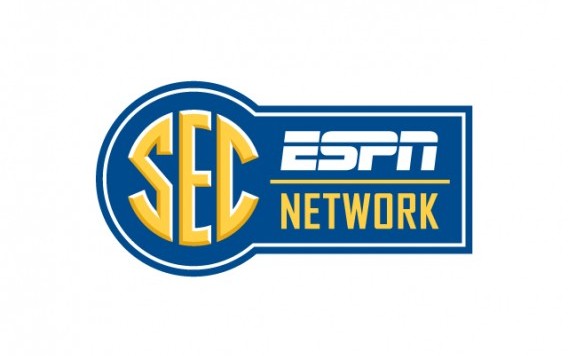Two years after its launch, I’ve never seen a second of the Pac-12 Network. Apparently, I’m not alone.
Meanwhile, Verizon FiOS broke the news to me earlier this week that no longer would I miss a minute of a Paul Finebaum Show simulcast. The SEC Network, which may very well be the crowning achievement in the rise of the ESPN empire, is coming to my cable package at some point before Texas A&M and South Carolina kick off on Thursday night.
The two events–or lack thereof, in the Pac-12’s case–aren’t exactly unrelated.
We’re going on five years since the college football key party shook up the sport’s landscape. Just as historical scholars might look at events such as the French Revolution through the lens of economics or religion, sports pundits now use anything from dollars to recruiting to exposure to tell the story of Conference Realignment (circa 2010). Ultimately, though, it’s about ESPN clubbing potential competitors to keep control of college football firmly in its grasp.
Consider what Scott was proposing to with his aborted “Pac-16” play. By adding six members from the 2009 vintage of the Big 12, including Oklahoma and Texas, to the old Pac-10, the Pac-16 would have dominated college sports west of the Mississippi.
The league would have had massive leverage in the sports media marketplace. Imagine the kind of media rights deal such a conglomeration could have commanded.
Even worse for ESPN, the Pac-16 could have eventually cut the Worldwide Leader out of the picture entirely by keeping its content all to itself for the league’s wholly owned conference network. (Similarly, the Big Ten stands to put a dent in the ESPN portfolio in the near future should the conference go all-in with FOX, an equity partner in the Big Ten Network, on its next media rights deal.)
Instead, ESPN used the crisis to tighten its hold on the sport. The creation of the Texas-centric Longhorn Network accomplished the twin goals of:
- Killing off the Pac-16 threat; and
- Buying off the most powerful individual player in college sports.
Not to mention, it got its own laboratory to test out a team-specific media channel, a business model that stands to become more viable in the digital age.
Combine the LHN with exclusive deals with both the SEC and ACC, and ESPN essentially owns college sports in the fast-growing markets of Texas and the Southeast. Furthermore, as demonstrated by the success of the SEC Network launch, ESPN has the market power to push around cable operators in negotiations.
All the while, the Pac-12 Network sits out of sight, out of mind. Think the Pac-16 Network would be facing the same carriage issues?
Despite the fanfare accompanying the SEC Network’s kick-off, that might be the biggest win of all for college football’s true king.

